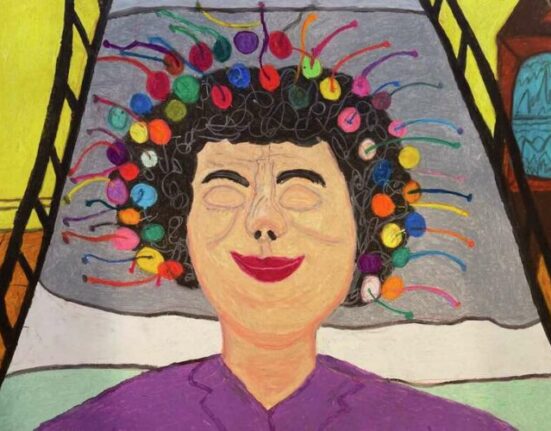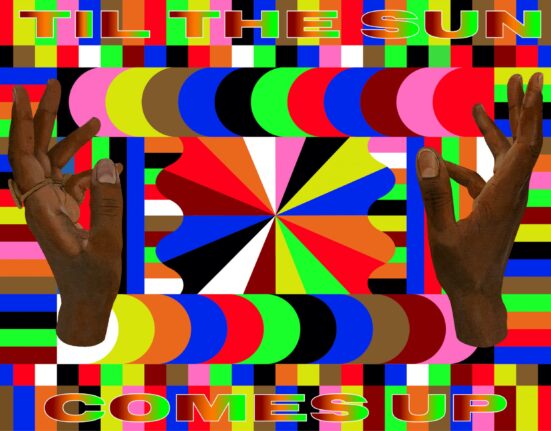To print this article, all you need is to be registered or login on Mondaq.com.
On Friday August 18, 2023, the Second Circuit Court of Appeals
issued its ruling inKerson v. Vermont Law School, a case
that “presents weighty concerns that pin an artist’s moral
right to maintain the integrity of an artwork against a private
entity’s control over the art in its possession.”
Kerson v. Vermont Law School, No. 21-2904, p. 38.
Vermont Law School commissioned murals depicting Vermont’s
support for the “Underground Railroad” of Black Americans
fleeing slavery prior to the Civil War. Starting in approximately
2020, Vermont Law School faced protests over how the murals
depicted slaves, those helping them escape servitude, and others.
When the Law School decided to permanently conceal the murals, the
artist sued under the Visual Artists Rights Act (“VARA”),
which allows living authors to prevent the destruction or
intentional distortion, mutilation or other modification of any
work of visual art they have created since VARA became law in 1991.
See 17 U.S.C. § 106A(a)(3)(A) (prohibiting the
“intentional distortion, mutilation, or other
modification” of works of visual art).
The lower court refused to issue an injunction against
concealment, and ultimately granted summary judgment to the Law
School, which then installed acoustic barriers that did not touch
the murals, but as intended, prevented anyone from seeing them.
Kerson appealed the dismissal of his lawsuit, arguing that
concealing the murals constituted either destruction or mutilation
of them under VARA. In a victory for property and art owners’
rights to determine whether and how to display works of art, the
Appeals Court affirmed the dismissal of the artist’s claims
against Vermont Law School for allegedly destroying them. Citing
multiple prior decisions, the Appeals Court found that
“Kerson’s reading [of VARA] does not comport with any
conventional understanding of the word ‘destruction,'”
and affirmed the lower court’s conclusion that hiding an
artwork behind acoustic panels that did not touch it could not
constitute ‘destruction.'” Kerson, p. 19.
The artist also claimed that concealing his artwork constituted
illegal “modification” of it, arguing that “VARA
endows artists with the right ‘to prevent any intentional
distortion, mutilation, or other modification of that work which
would be prejudicial to his or her honor or reputation, and any
intentional distortion, mutilation, or modification of that work is
a violation of that right[.]’ 17 U.S.C. §
106A(a)(3)(A).” Kerson, p. 20. Again, the Appeals
Court confirmed the lower court’s order, ruling that
“[t]he statutory context supports a reading of
‘modification’ that is cabined to perceptible changes to an
artwork that affect how the work is viewed.” Kerson,
p. 22.
Most significantly, the Appeals Court ruling clarifies that
destruction and mutilation concern only physical actions taken with
respect to an artwork. Such actions must be considered in isolation
from the conditions in which an artwork is displayed or stored.
Such actions must also be considered separately from their effects
on the artist’s reputation. The court ruled:”Kerson claims
that when placed in its proper context the word
‘modification’ ‘must be considered in conjunction with
how the modification impacts . . . the author’s honor or
reputation.’ We disagree. The word “modification” as
used in VARA connotes a change to a work of art that somehow
adulterates the viewing experience, presupposing that at least some
portion of the work remains visible, albeit in altered form. …
Modification, as conventionally understood, does not include
concealing a work of art behind a solid barrier, assuming the work
remains intact while hidden from view.” Kerson, pp. 20-21
(citations omitted, emphasis added). “[A]n art owner retains
discretion to make decisions about how to display and conserve art
after it has been purchased, so long as the owner does not act with
gross negligence.” Id., p. 26.
In many circumstances, moving or modifying a work of visual art,
or merely the conditions in which such artwork is displayed or
stored, exposes the owner to a lawsuit under VARA by the living
author. Significant financial penalties apply to intentional
destruction, gross negligence, or even mere removal of a work of
visual art if it results in destruction, mutilation or modification
of the work in violation of the author’s rights under VARA.
There are many exceptions to those rights, but they are detailed,
and turn on such details as the extent of conservation efforts by
the owner of the work of art or the property where it is installed,
the stature of the work of art, how it is stored or displayed,
whether it may be removed without destroying or mutilating it, and
the content and timing of any written waivers or notices sent to
the artist prior to the artwork’s installation or removal.
Property and art owners are well advised to proceed with
caution, and to consult counsel knowledgeable about VARA rights
before modifying, removing or destroying any work of visual art
created since 1991 or indeed any work of visual art of recognized
stature created prior thereto. Altering, moving (or even, asthe
Kerson case shows, merely concealing) a sculpture or
painting out an existing mural, even one with little artistic
stature, can result in legal action. Attorneys in Moses
Singer’s intellectual property and real estate practices are
experienced in and frequently advise on such matters.
Originally published by Westlaw.
The content of this article is intended to provide a general
guide to the subject matter. Specialist advice should be sought
about your specific circumstances.
POPULAR ARTICLES ON: Intellectual Property from United States







